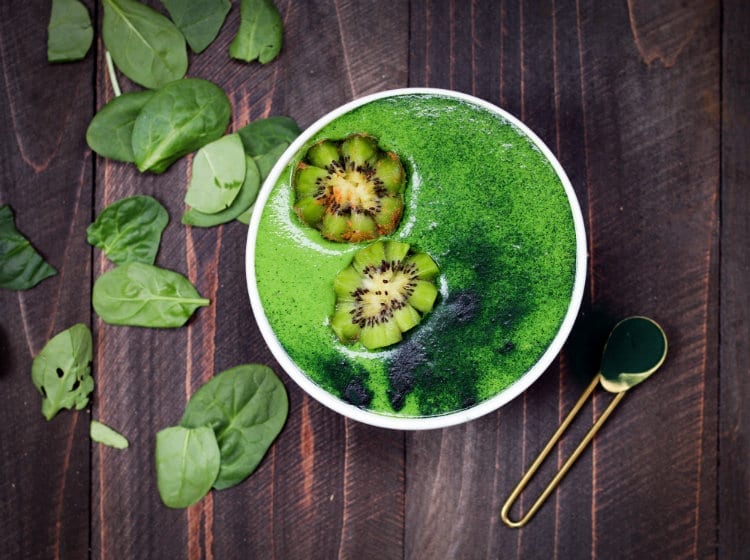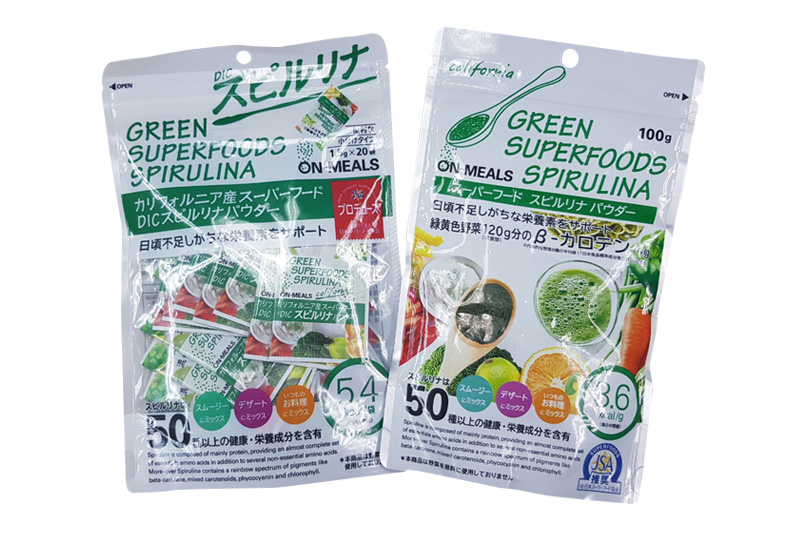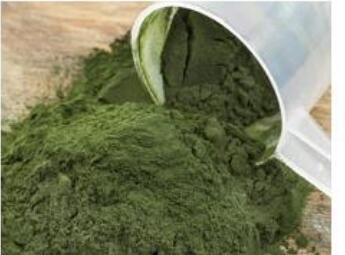 Introduction of Spirulina diet
Introduction of Spirulina dietSpirulina is a class of lower organisms, prokaryotes, filaments composed of single or multiple cells, 200-500 μm in length, 5-10 μm in width, cylindrical, loose or tight, regular spiral-curved It is shaped like a clockwork, hence the name. It has the effects of reducing the side effects of cancer radiotherapy and chemotherapy, improving immune function and lowering blood lipids. For people wh...
 Spirulina supplement protein optimal protein source
Spirulina supplement protein optimal protein sourceb. Promote calcium absorption and bone development. The development of bones does not simply grow and lengthen, but the bone cells continue to differentiate and synthesize into new shapes. Beta-carotene maintains the balance between osteoblasts and osteoclasts. Ensure normal bone growth. c. Maintain photosensitivity of retinal cells, enhance vision, and prevent night sickness. d. Maintai...
 Spirulina
SpirulinaMulticellular algae, cylindrical spiral filaments, solitary or clustered, algal filaments 5-10 μm in diameter, apex blunt, 2-7 helices. The algae can vibrate and rotate, often rotating like a vertical axis and crawling forward. The cell contents are uniform and there is no real nuclei. The algal body is a non-branched filament composed of a single line of cells, and the colloidal sheath has no o...
 How do buyers identify the quality of spirulina?
How do buyers identify the quality of spirulina?Spirulina products on the market are dazzling, but their quality is difficult to distinguish with the naked eye, so you can judge by the following points. Spirulina has dual use 1. The product must have the approval and identification of the national health department. Only the "health food" logo (commonly known as "blue hat") is printed. ...
 what exactly is spirulina?
what exactly is spirulina?Spirulina is one of the oldest life forms on Earth. In fact, this blue-green microalgae is partly responsible for producing the oxygen in the planet's atmosphere that billions of years ago allowed the planet's originating life forms to develop. Spirulina ...
 Spirulina cultivation techniques
Spirulina cultivation techniquesSpirulina cultivation techniques...
Sign up to receive exclusive promotions and health recipes via email.

